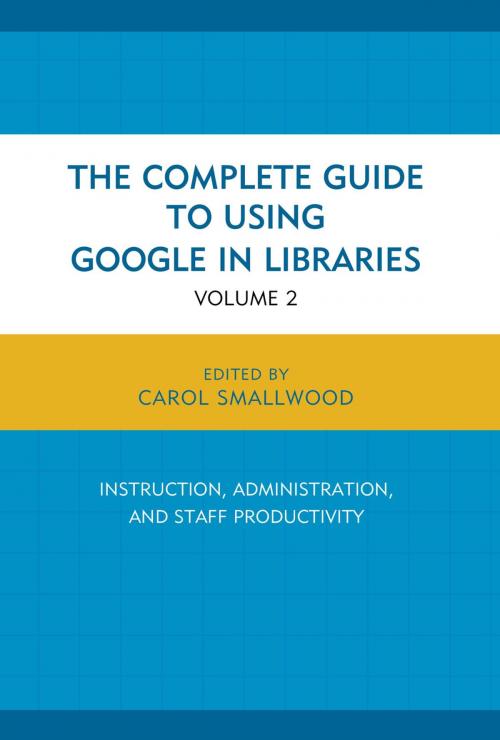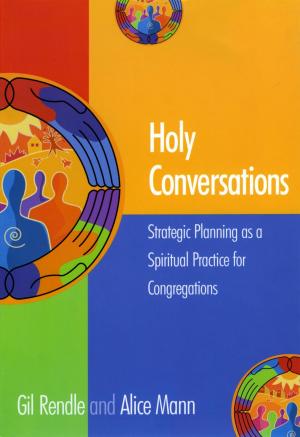The Complete Guide to Using Google in Libraries
Research, User Applications, and Networking
Nonfiction, Reference & Language, Language Arts, Library & Information Services, Science & Nature, Technology, Engineering, Computers, Internet| Author: | Carol Smallwood | ISBN: | 9781442247888 |
| Publisher: | Rowman & Littlefield Publishers | Publication: | March 6, 2015 |
| Imprint: | Rowman & Littlefield Publishers | Language: | English |
| Author: | Carol Smallwood |
| ISBN: | 9781442247888 |
| Publisher: | Rowman & Littlefield Publishers |
| Publication: | March 6, 2015 |
| Imprint: | Rowman & Littlefield Publishers |
| Language: | English |
From the Forward by Michael Lesk:
Google has now developed services far beyond text search. Google software will translate languages and support collaborative writing. The chapters in this book look at many Google services, from music to finance, and describe how they can be used by students and other library users.
Going beyond information resources, there are now successful collaboration services available from Google and others. You can make conference calls with video and shared screens using Google Hangouts,
Writing documents with small numbers of colleagues often involved delays while each author in sequence took over the writing and made edits. Today Google Docs enables multiple people to edit the same document at once. An ingenious use of color lets each participant watch in real time as the other participants edit, and keeps track of who is doing what. If the goal is to create a website rather than to write a report, Google Sites is now one of the most popular platforms. Google is also involved in social networking, with services such as Google+
Other tools view social developments over time and space. The Google Trends service, for example, will show you when and where people are searching for topics. Not surprisingly, searches for “swimwear” peak in June and searches for “snowmobile” peak in January.
The Complete Guide to Using Google in Libraries, Volume 2: Research, User Applications, and Networking has 30 chapters divided into four parts: Research, User Applications, Networking, Searching. The contributors are practitioners who use the services they write about and they provide how-to advice that will help public, school, academic, and special librarians; library consultants, LIS faculty and students, and technology professionals.
From the Forward by Michael Lesk:
Google has now developed services far beyond text search. Google software will translate languages and support collaborative writing. The chapters in this book look at many Google services, from music to finance, and describe how they can be used by students and other library users.
Going beyond information resources, there are now successful collaboration services available from Google and others. You can make conference calls with video and shared screens using Google Hangouts,
Writing documents with small numbers of colleagues often involved delays while each author in sequence took over the writing and made edits. Today Google Docs enables multiple people to edit the same document at once. An ingenious use of color lets each participant watch in real time as the other participants edit, and keeps track of who is doing what. If the goal is to create a website rather than to write a report, Google Sites is now one of the most popular platforms. Google is also involved in social networking, with services such as Google+
Other tools view social developments over time and space. The Google Trends service, for example, will show you when and where people are searching for topics. Not surprisingly, searches for “swimwear” peak in June and searches for “snowmobile” peak in January.
The Complete Guide to Using Google in Libraries, Volume 2: Research, User Applications, and Networking has 30 chapters divided into four parts: Research, User Applications, Networking, Searching. The contributors are practitioners who use the services they write about and they provide how-to advice that will help public, school, academic, and special librarians; library consultants, LIS faculty and students, and technology professionals.















